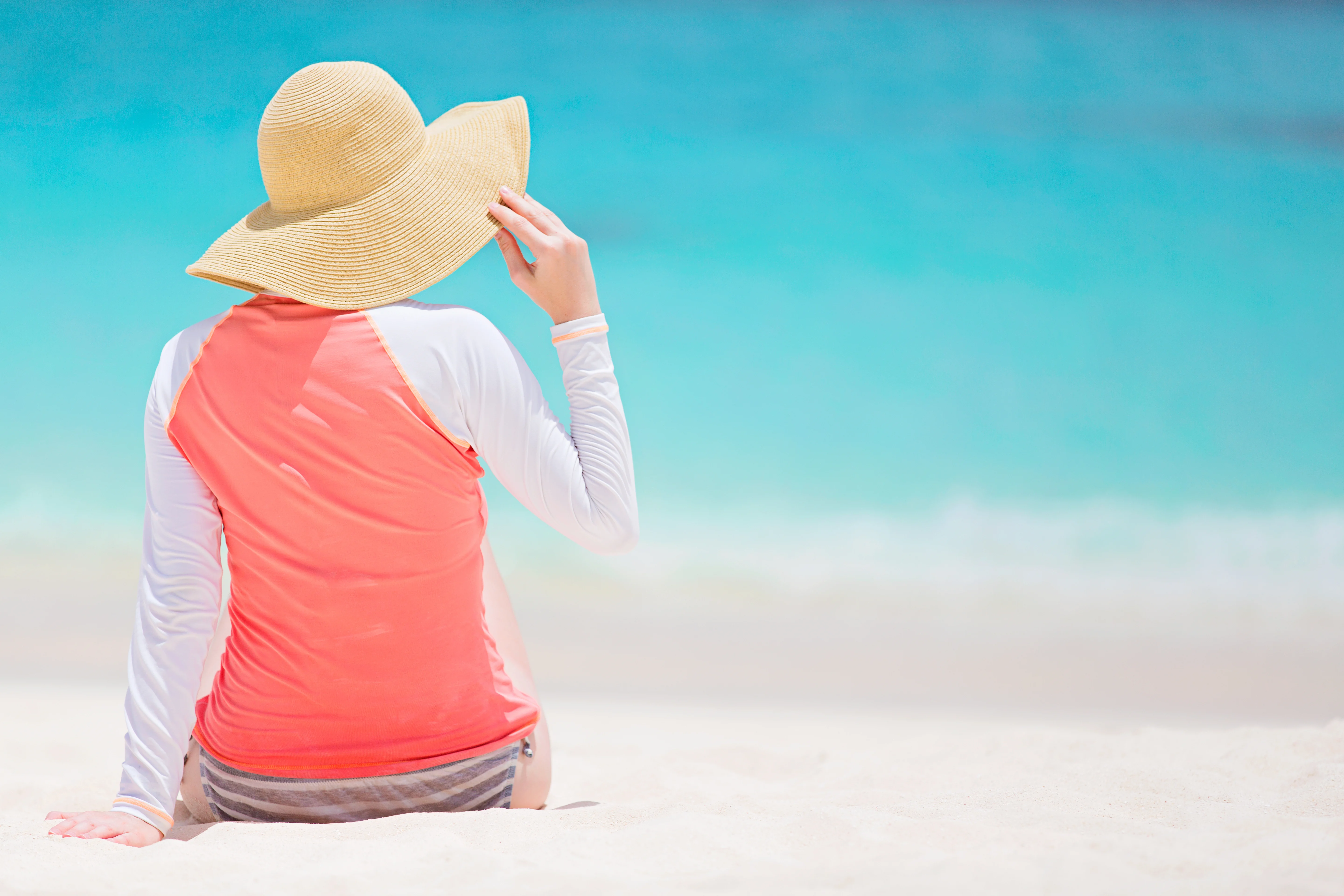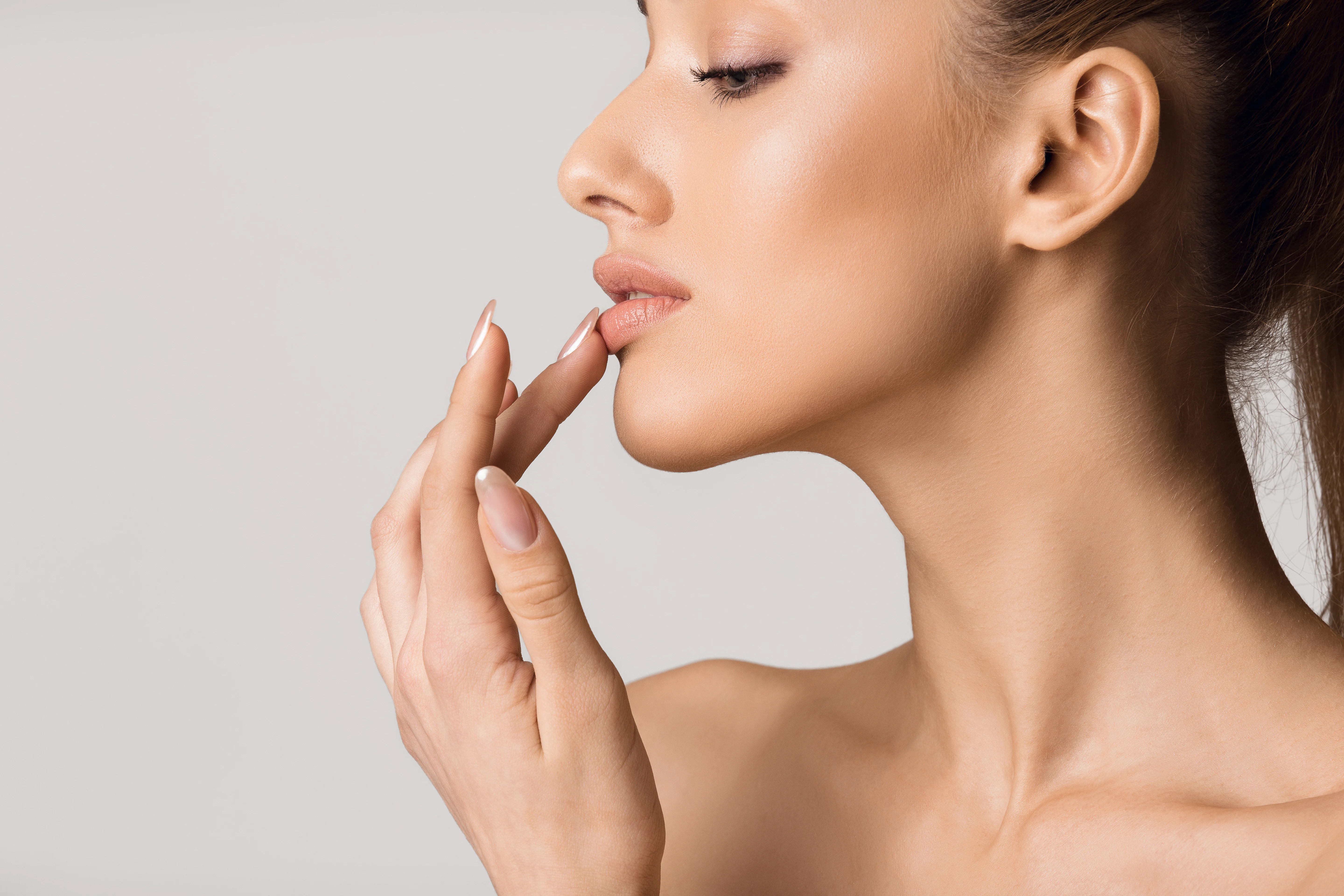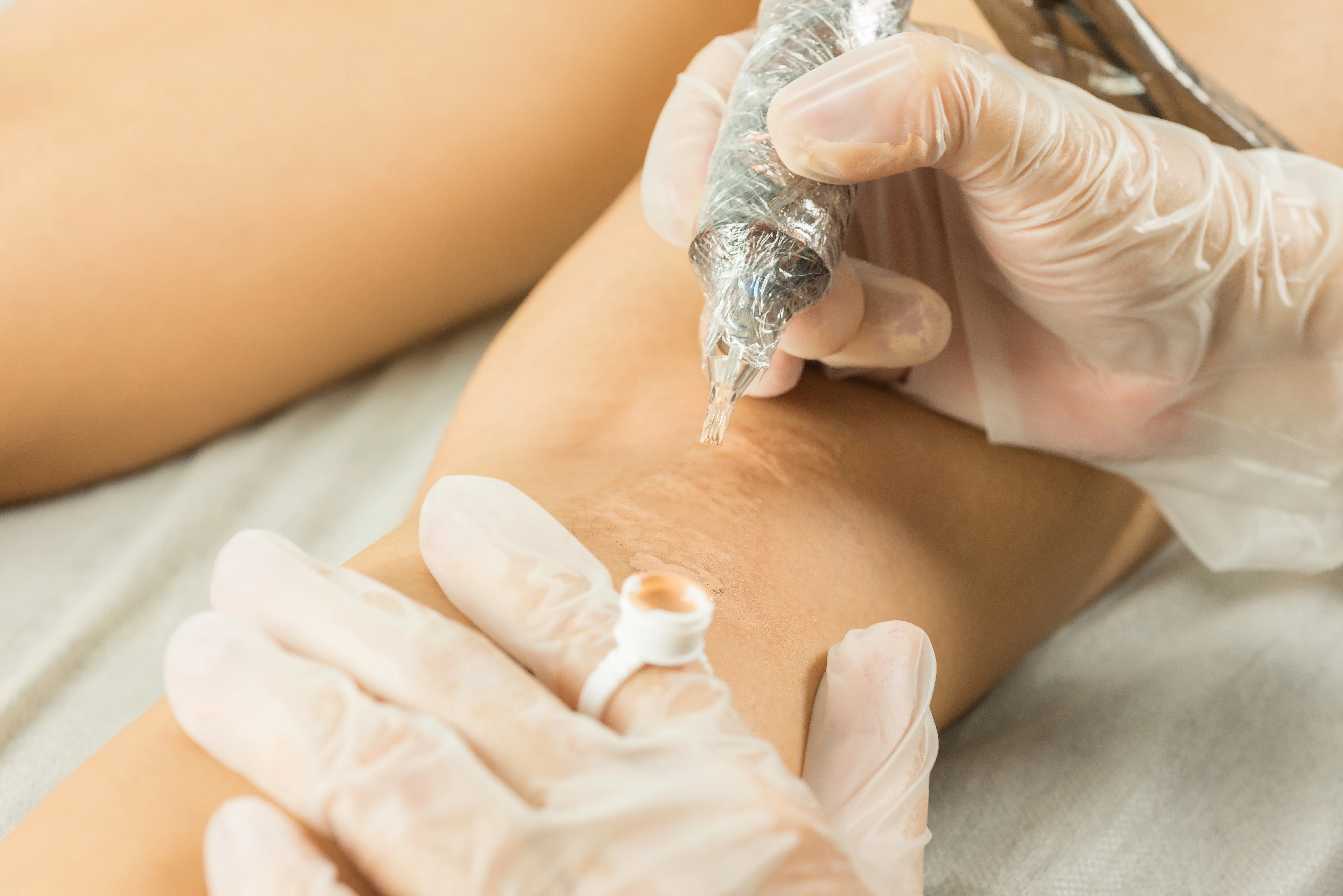Why I Wear UPF Clothing (and You Should Too)

Most people know sunscreen is important—but what about the clothes you wear every day? If you’re driving around, sitting by a sunny window, or spending time outdoors, you’re still exposed to UV radiation, even if you’re technically “in the shade.”
I’m Dr. Victoria Aimé, a plastic surgeon in Scottsdale, AZ—and I want to share why UPF clothing is one of my favorite tools for daily sun protection, especially for the hands, chest, and face.
What Is UPF Clothing?
UPF stands for Ultraviolet Protection Factor. It’s a standardized rating system that tells you how effectively a fabric blocks UV radiation from penetrating through to your skin.
- A shirt with UPF 50 lets only 1/50th of the sun’s rays through—it blocks 98% of UVA and UVB radiation
- By comparison, a typical white cotton T-shirt has a UPF of about 5–8, which allows 12–20% of UV rays through
UPF-rated clothing is designed to offer consistent, non-messy, long-lasting sun protection, especially in areas people often forget to reapply sunscreen—like the hands, arms, ears, and upper chest.
Why I Wear Driving Sleeves and Gloves
Here in Arizona, the sun doesn’t take a break—even in your car. UV rays penetrate through glass, particularly UVA rays, which are linked to premature aging, pigmentation, and skin cancer.
That’s why I personally wear UPF driving sleeves and gloves whenever I’m in the car. My forearms, hands, and décolleté are constantly exposed through the windshield and side windows, and I’m not about to let my commute contribute to photoaging or sun spots.
Unless your car has UV-coated or laminated windows, you’re getting more exposure than you think.
Who Should Consider UPF Clothing?
Everyone, but especially if you:
- Spend long periods driving
- Are prone to pigmentation, melasma, or sun sensitivity
- Have had previous skin cancer or precancerous lesions
- Work outdoors or spend time near windows
- Want to preserve collagen and slow visible aging
UPF clothing is especially helpful in zones we neglect: the backs of hands, neck, chest, and scalp. I recommend pairing clothing with wide-brimmed hats, neck gaiters, UV-blocking sunglasses, and sunscreen for areas clothing can’t cover.
Don’t Forget Eye Protection
Sun protection doesn’t stop at the skin. UVA and UVB rays can increase your risk of cataracts and other eye damage over time. I always recommend shaded eyewear that’s labeled UV400 or higher, meaning it blocks 99–100% of both UVA and UVB rays.
What to Look for in UPF Clothing
- UPF 30–50+: The higher, the better. UPF 50+ is ideal
- Tightly woven fabrics: Look for nylon, polyester, and specially treated textiles
- Long sleeves and high collars: Prioritize coverage in vulnerable areas
- Moisture-wicking and breathable: Especially in hot climates like Arizona
- Style you’ll actually wear: Protection doesn’t help if it stays in your closet
Brands like Coolibar, Solbari, Ker Sun, Cabana Life, Solumbra and Athleta offer fashionable and functional UPF apparel that blends seamlessly into your everyday wardrobe.
Final Takeaway
UV exposure isn’t just a beach-day issue. It happens daily, through windshields, windows, and cloud cover. While sunscreen is important, UPF clothing offers reliable, passive protection that won’t wear off by 3pm.
So yes—I wear driving sleeves. I wear hats. I wear sun-protective gloves in my car. Not because I’m scared of the sun, but because I want healthy skin for life—and I want that for you too.
Protect your skin with intention.
I’m Dr. Victoria Aimé, a plastic surgeon in Scottsdale, AZ. Whether you’re considering surgery or just want to protect your results long-term, I believe great outcomes start with smart skin health habits.
Questions? Let us know!
Our surgical and non-surgical treatment options
Ready to start your transformation?
Whether you’re just beginning to explore your options or have specific goals in mind, we’re here to guide you with expertise and compassion.

Read more articles

Hyaluronic Acid for Dry, Chapped Lips
Dry, chapped lips? Layer a few drops of hyaluronic acid serum under your lip balm to restore hydration and smoothness. This simple step helps your lips stay soft and moisturized—even in dry climates.

Why I Wear UPF Clothing (and You Should Too)
UPF clothing is one of the easiest ways to protect your skin from UV damage—especially while driving or spending time near windows. Dr. Victoria Aimé shares how she uses UPF sleeves, gloves, and hats daily, and why this sun-smart habit is a must for long-term skin health.

Medical Tattooing for Scars: An Effective Option for Natural-Looking Results
Learn how medical tattooing can effectively camouflage scars and hypopigmented areas. Ideal for tummy tuck scars, breast lift scars, or post-reconstruction areolas, this treatment blends pigment naturally for more confident, seamless results.

How to Choose and Use Sunscreen: What SPF Really Means
Not all sunscreens are created equal. Learn what SPF really means, how to apply sunscreen correctly, and which options Dr. Aimé recommends for daily protection.
